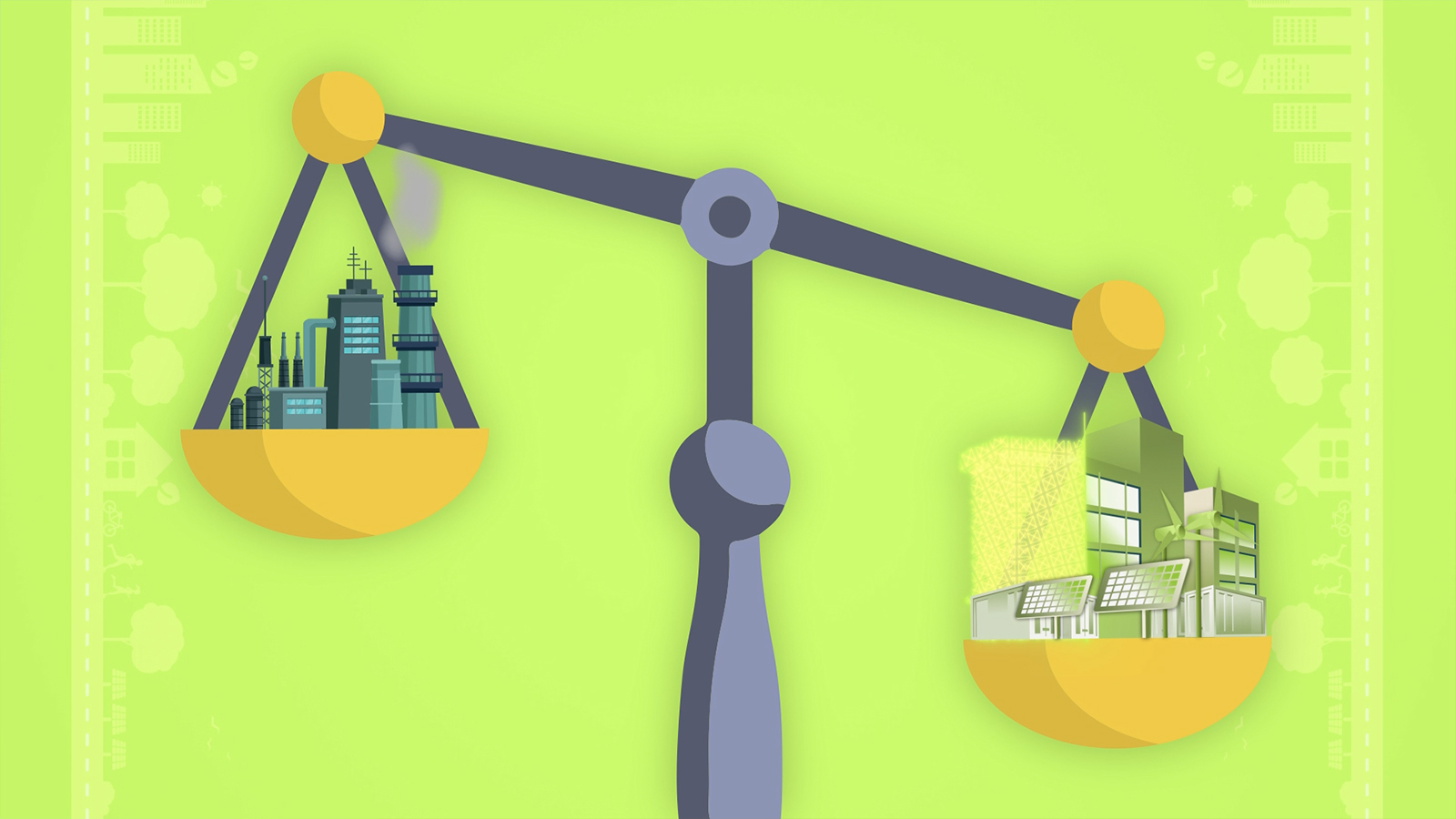What is a Virtual Power Plant?
COPOWER project Icelandic partner Rúnar Unnþórsson explains the structure of a VPP and the role of the community to empower local energy management.

This content has been partly generated by an Artificial Intelligence language model.
What is a Virtual Power Plant (VPP)? COPOWER project partner Rúnar Unnþórsson from University of Iceland helps us understanding its components and structure.
At its essence, a virtual power plant is a sophisticated energy management system. “Unlike traditional power plants that rely on a single source of energy, VPPs integrate a multitude of energy and power sources, creating a network that is both resilient and flexible. This system connects various smaller energy producing units, like household solar panels and wind turbines, to larger, more traditional power generation methods”, explains Rúnar. In conclusion, the purpose is to harness and distribute energy from these diverse sources as efficiently as possible.
COPOWER project partner explains that the hallmark of a VPP is its ability to integrate renewable electrical energy sources, such as solar, wind, hydroelectric and bioenergy with conventional power generation methods. “This mix not only promotes the use of green energy but also ensures reliability. For instance, when solar panels produce excess energy on sunny days, this surplus can either be stored for later use or redistributed to meet immediate demands elsewhere”, he adds.
Regarding energy storage units, batteries play a pivotal role because they store excess energy when production exceeds consumption and release energy when there is a deficit. Nevertheless, the power of a VPP lies in its coordinated operation. Through advanced communication technology, each component of the VPP is in constant dialogue. This coordination ensures that energy production and distribution are optimized according to real-time demand and supply conditions. By leveraging diverse sources and storage, VPPs can significantly enhance the efficiency of energy supply. In essence, a virtual power plant represents a paradigm shift in energy management and distribution. It takes the concept of power generation from a centralized, single-source model to a decentralized, multi-source model.
To users, a virtual power plant appears as a single, unified power entity. While the backend comprises multiple disparate energy sources, the front end simplifies this complexity into a singular, cohesive unit. “The technical complexity behind managing multiple energy sources and storage units is immense. It involves real-time data analysis, predictive algorithms, and automated control systems to ensure that energy is being produced, stored, and distributed efficiently”, he continues.
The interface of a VPP is designed to be user-friendly and it often involves modern digital solutions like mobile apps or web interfaces that provide users with intuitive access to their energy data.
Community-based Virtual Power Plants: Empowering local energy management
cVPPs link green energy to communal energy storage units such as batteries. The primary goal is to maximize the use of renewable resources while ensuring uninterrupted power supply. Therefore, cVPPs represent a significant evolution in the approach to local energy management, focusing on maximizing the use of renewable resources while ensuring a stable and reliable power supply for the community.
They integrate various small-scale, decentralized energy sources, such as, residential solar panels, community wind turbines, and even small hydroelectric generators, among others. By linking these varied sources, a CVPP creates a robust and diversified energy production portfolio.
One of the critical components of a cVPP is communal energy storage, usually in the form of large battery systems. These batteries store excess energy produced during peak production times, such as sunny or windy periods. The stored energy can then be used during times of high demand or low production, ensuring a continuous and uninterrupted energy supply. According to Rúnar, “the primary goal of cVPPs is to increase the use of renewable energy within the community”.
In addition, cVPPs often foster a strong sense of community engagement and empowerment. They encourage local decision-making and enable residents to take an active role in managing their energy resources. Moreover, they can also provide substantial environmental benefits by decreasing reliance on fossil fuels and reducing greenhouse gas emissions.
These plants integrate detailed weather forecasts to predict changes in energy production; analyse energy market prices and demand trends; monitor user consumption patterns of the homes and businesses they serve; they offer real-time insights from weather forecasts, market trends, and consumption patterns; employ machine learning and Artificial Intelligence (AI); and contribute to grid stability and reliability.

